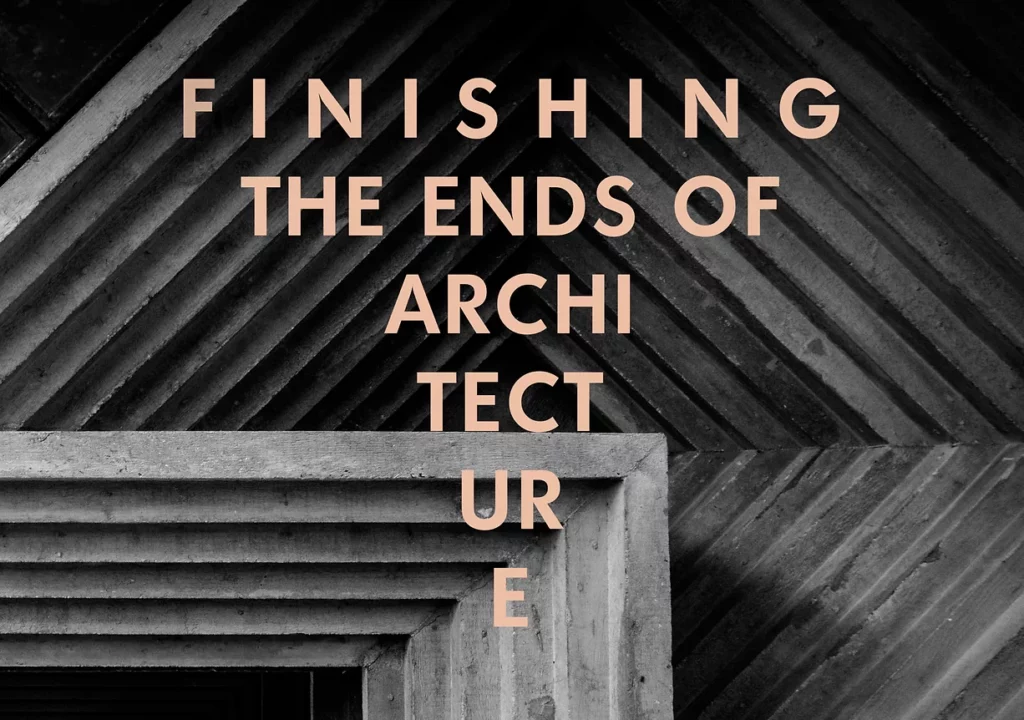
March 31st – April 1st, 2023, Virginia Tech’s Washington-Alexandria Architecture Center, Virginia, USA
The Tower of Babel, perhaps the original architectural fable, foretells the impossibility of architecture’s completion. The utopic final state dreamed by architects is such that its end never arrives, and may never be finished. This has precipitated lamentations of architecture’s seemingly permanent existential crisis, like a store continuously “going out of business.” Edward Said’s On Late Style identifies finishing as an awareness of coming to an end, yet without actually arriving there. Nonetheless finishing as a topic evokes the tendency to close down, to terminate, to desist, while remaining stubbornly under-theorized. Help us, then, expand the conceptualization of finishing and explain the practices of finishing in architecture along three currents: the surface, the project, and most broadly, architectural time itself.
Finishing up, finishing off, crossing the finish line. Is finishing the endpoint, or itself a process, a concluding stage? Architectural constructing and construing, not limited to the proverbial drawing board, defines a project, defines a building, but also spans an architect’s entire career, her oeuvre. Poetic acts can initiate and sustain architectural conversations when edifices exist in the public sphere, despite Winckelmann’s proclamation of the births and deaths of styles. For something to be complete (full or final), therefore, it need not necessarily be finished (ended), and vice versa.
Finishing also connotes perfecting – applying the finishing touches. Is the end, then, the completion of a design, checking off the punch-list at the end of construction, or does it continue through a building’s lifetime, perhaps even extending to its ruined state and beyond as spoils? Michelangelo’s work often embodies “the poetic of the non-finito,” demonstrating that an unfinished edifice may find “an elegant but incomplete” existence well past the point of being considered a work-in-progress. Unlike the unfinished, Marco Frascari (2015) posits that the non-finito exists outside of time.
This symposium proposes an agenda for theorizing finishing by asking participants to explore the topic through one or more of these three currents:
1. Surfaces: Finishing as Polishing
2. Projects: Finishing as Completing
3. Times: Finishing as Ending
Submissions for either category should consist of not more than 532 words and three images in a .docx format. Specify in the email heading Abstract-Writing or Abstract-Drawing and the current to which it is being submitted (Surfaces, Projects, or Times). Individuals are allowed up to two separate submissions. In the body of the email, please include your name(s), institutional affiliation(s), four descriptive keywords, and a brief (100 word) bio of each author. In the case of multiple author submissions, only the submitting author will receive direct correspondence from the organizers.
Important Dates
Abstract submissions due: Friday, 2 September 2022 at 11:59 EST at Frascarisymposiumvi@gmail.com
Abstract acceptance notification: Friday, 2 December, 2022.
Final paper and drawing submission due: Friday, February 3, 2023.
Symposium: March 31- April 1, 2023.
More information can be found here.
